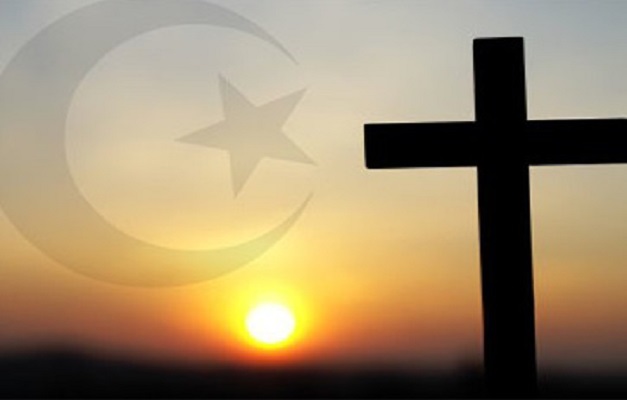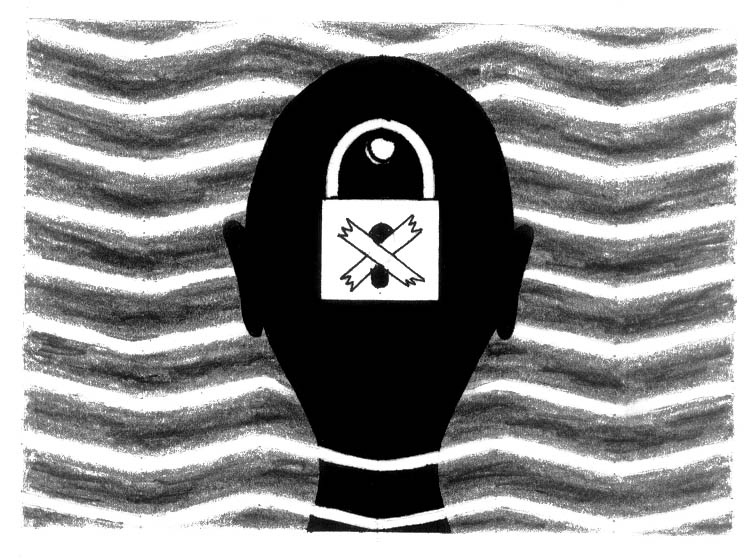The religious system of the people of northern Himachal Pradesh is a seemingly
harmonious blending of various different traditions
Northern Himachal Pradesh, comprising the districts of Lahaul, Spiti and Kinnaur, marks the borderline between the Hindu and Buddhist cultural realms. The popular religion as practised here represents a curious mix of Shaivite Hinduism, Tibetan Buddhism and Bon, the pre–Buddhist religious tradition of ancient Tibet. What is particularly striking about the religious system of the people of this region is its seemingly harmonious blending of various different traditions.
The syncretic religious practices of the people of this remote mountainous belt straddling Tibet have made for a religious tolerance unknown in most other parts of India. Hindus and Buddhists freely worship in each other’s temples and consult each other’s priests. In Kinnaur, where most people keep Hindu names, it is customary for all villages to have both a Hindu a well as a Buddhist temple. Each Kinnauri house, whether Hindu or Buddhist, has at its entrance a long pole fluttering with flags containing sacred Tibetan Buddhist mantras to ward off evil spirits. In the Sangla valley in eastern Kinnaur, Hindu villages all have little Tibetan–style canopies at their entrance decorated with images of Buddhist protector deities in addition to those of the Buddha in various poses.
In the past, the preferred form of marriage among the Kinnauris was polyandry, with two or more brothers sharing the same wife. This practice was sought to be legitimised by recourse to a myth according to which the Pandava brothers, all of whom shared one wife, had spent many years in Kinnaur and had bequeathed this custom to the locals.
Polyandry in Kinnaur actually has to do with very sound economic reasons. Since the amount of cultivable land is very small in this largely cold desert region, particular caution has to be taken to prevent the fragmentation of land-holdings among heirs. Polyandry effectively prevents this, as the number of children produced is considerably reduced. Typically, two or more elder brothers share one wife, while the unmarried younger brothers are sent off to become lamas in Buddhist monasteries. This frequently happens in Hindu Kinnauri families as well. Women who, because of this system, fail to find husbands, are sent to nunneries to become nuns or chomos.
An interesting case of Buddhist-Hindu synthesis is the shrine complex of Palden Lhamo, the Buddhist form of the Hindu deity Kali, located at the 4551 metre high Kunzam Pass that separates the Lahaul and the Spiti valleys. It consists of five pyramidal structures or chortens in a row set in the backdrop of towering snow–clad peaks laden with the frozen ice of the Shigri glacier. The chortens are decked with Tibetan prayer flags, shafts of dried barely and wheat and ibex horns. The main chorten contains an idol of Palden Lhamo seated on a mule. She appears as a fierce demon–looking figure, wearing a chain of five skulls and holding weapons of war in her hands. The Hindus regard her as Kali in her form of what they call Kunzam Mata, while for the Buddhists she is a protector deity appointed by the Buddha to guard the mountain passes.
Similar syncretic shrines of this sort exist in Lahaul as well. At a distance of some seventy kilometres from Keylong, the administrative headquarters of Lahaul division, is the village of Udeypur. It houses the thirteenth century temple of the goddess Mrikula Devi. It is looked after by a Hindu priest, but Buddhists also visit it, regarding it as the temple of Vajravarahi, a minor Tibetan Buddhist deity. The large, round stones with Tibetan mantras inscribed on them outside the temple, as well as the figures of the Buddha carved in the wooden ceiling inside, suggest that this may have been a Buddhist temple at one time.
Ten kilometres north of Udeypur is Triloknath, sacred to both Buddhists as well as Hindus. The Hindus regard the marble idol that is installed in the sanctum sanctorum as that of Shiva in his form of Triloknath or ‘the lord of the three worlds’. For the Buddhists, it is the idol of Avalokiteshwara, the Buddha of Compassion. A marble Nandi bull and Shiva linga are installed just outside the shrine, while inside are several images of the Buddha, a row of Tibetan prayer wheels and massive butter lamps. A Buddhist lama looks after the temple from Ladakh, but both Buddhist as well as Hindu pilgrims flock here, believing this to be the most holy spot in all of Lahaul.
This remote Himalayan realm, cut off from the rest of the world by range upon of towering mountains, has a message for all of us: That it is indeed possible for people of different faiths to live and worship together in communion and harmony.
Archived from Communalism Combat, November 1999, Year 7 No. 53, Ethos




